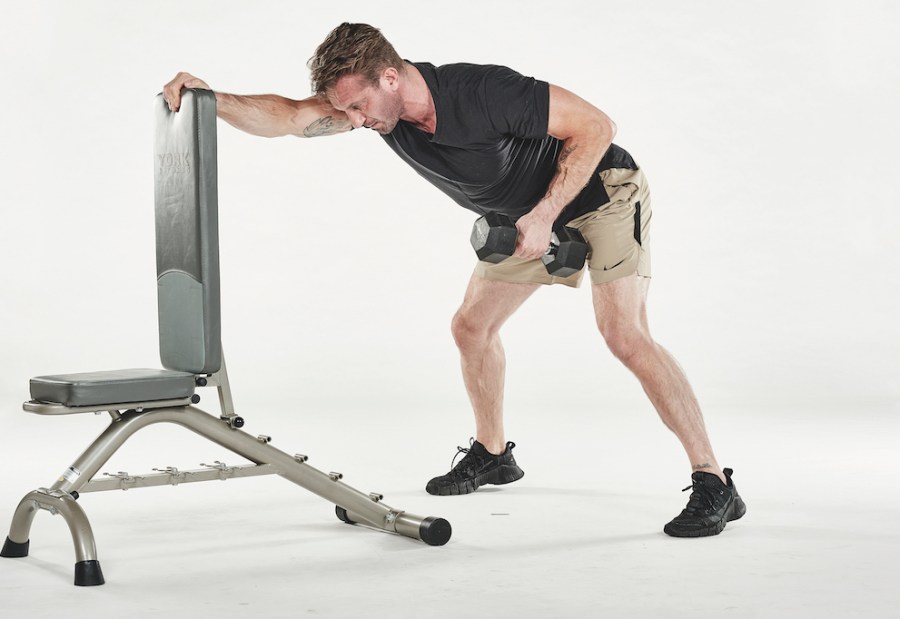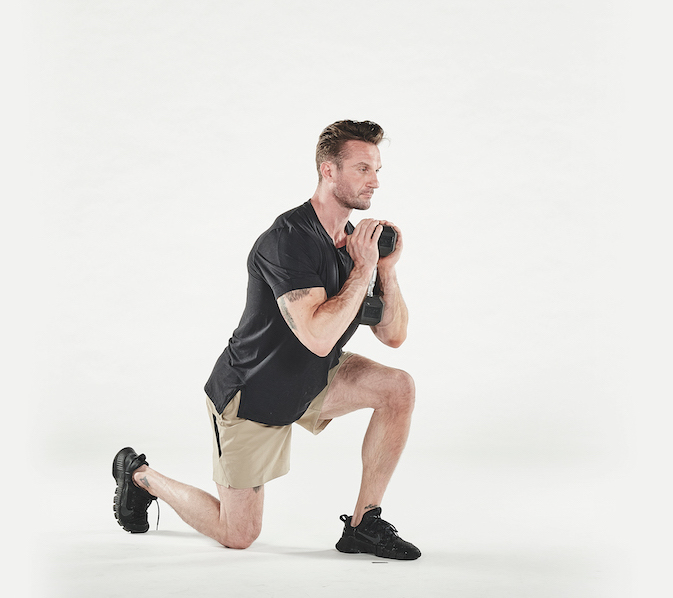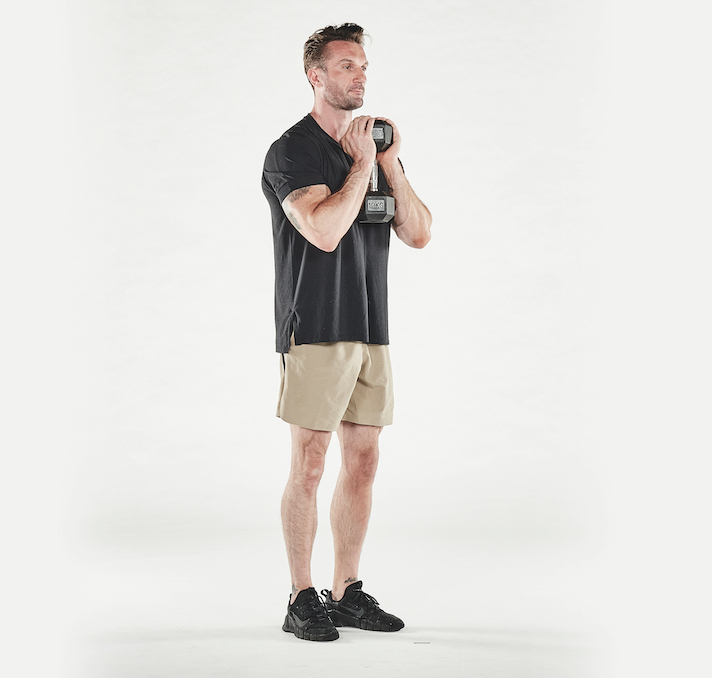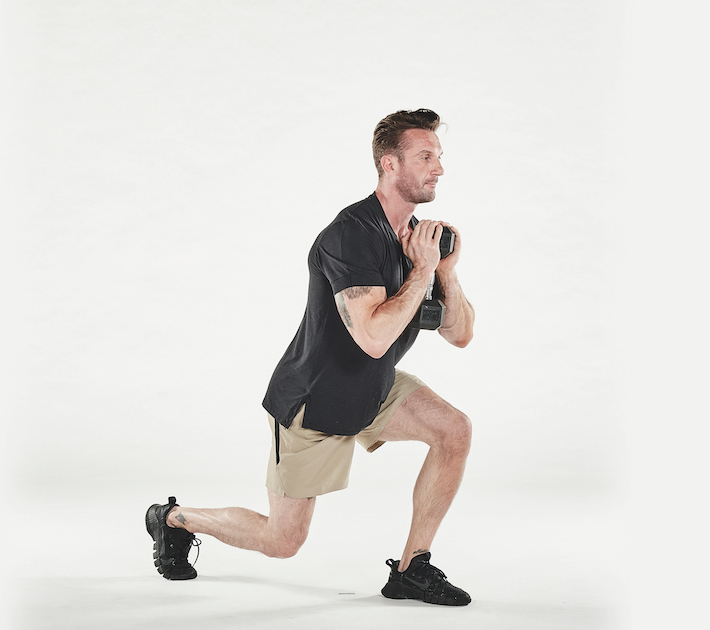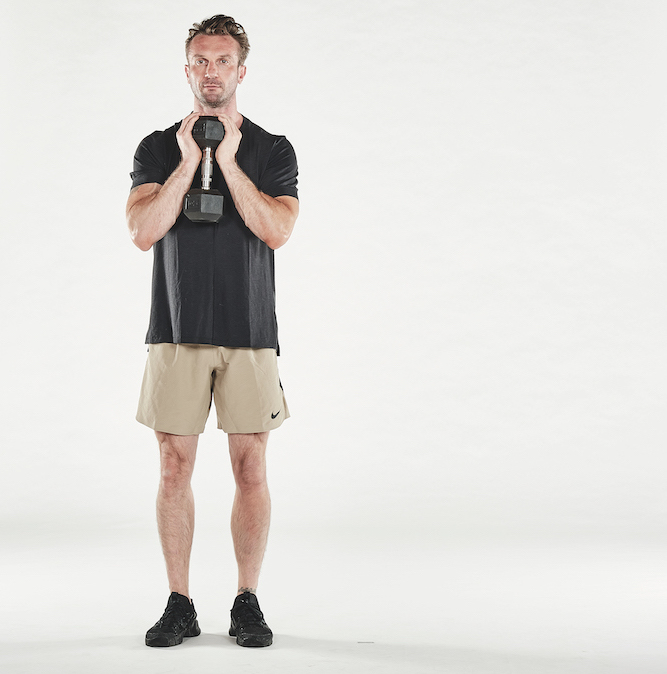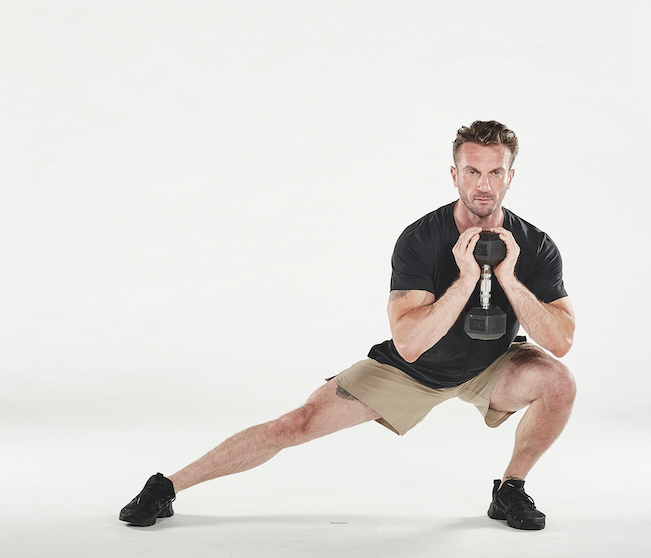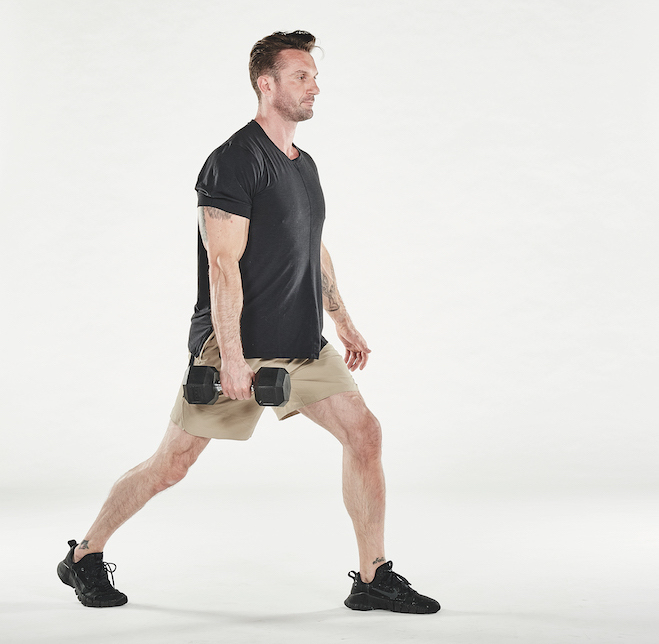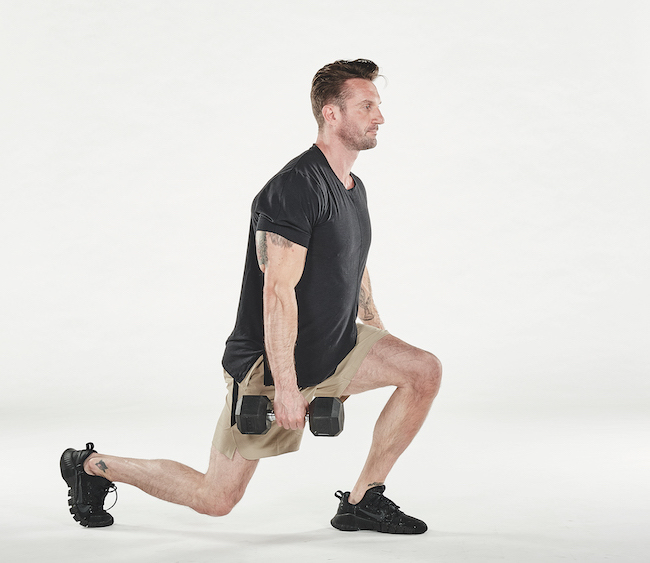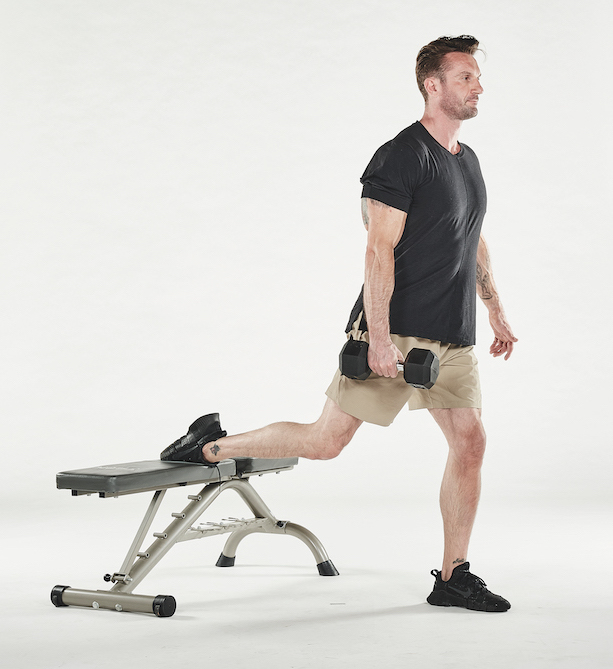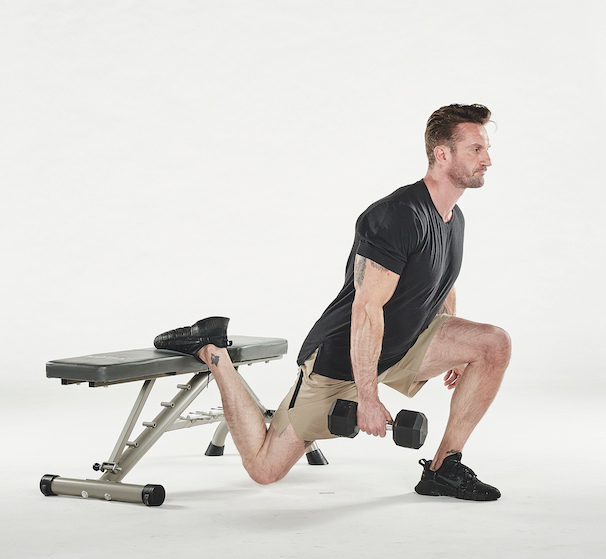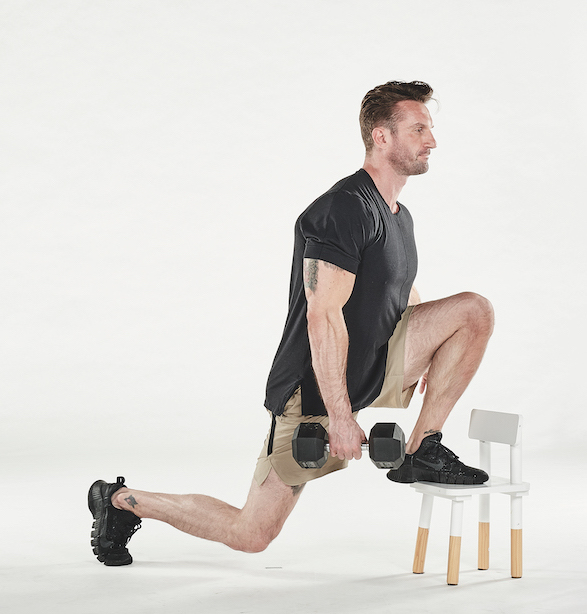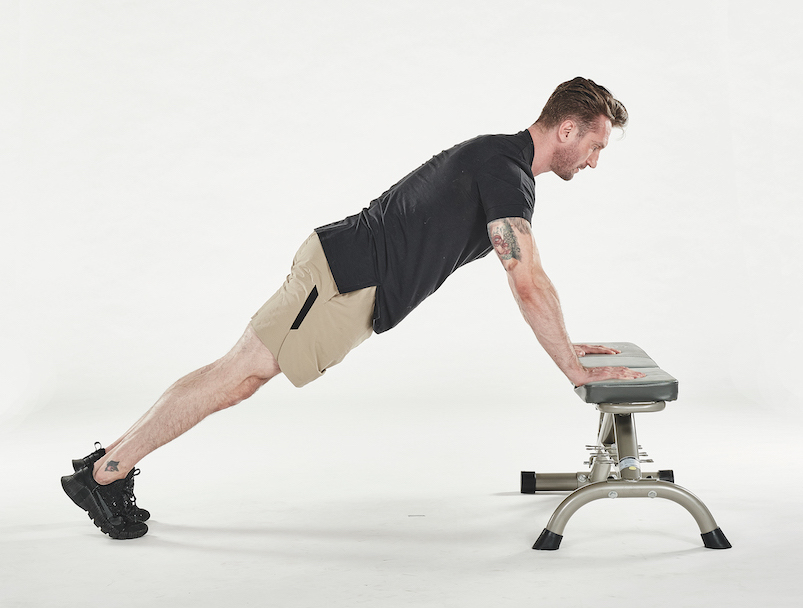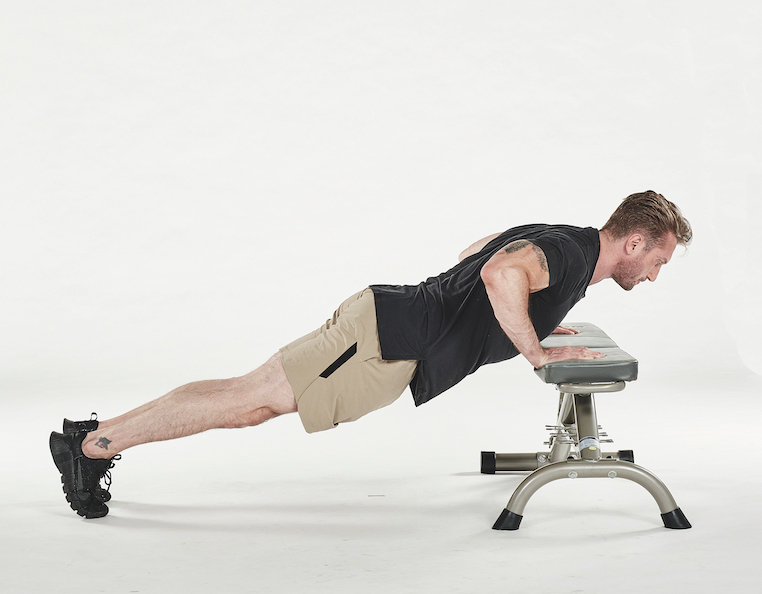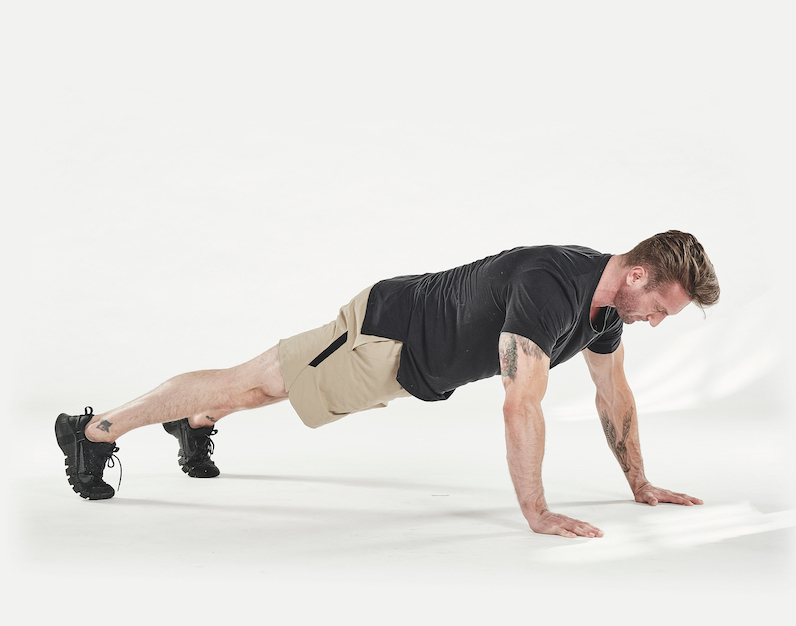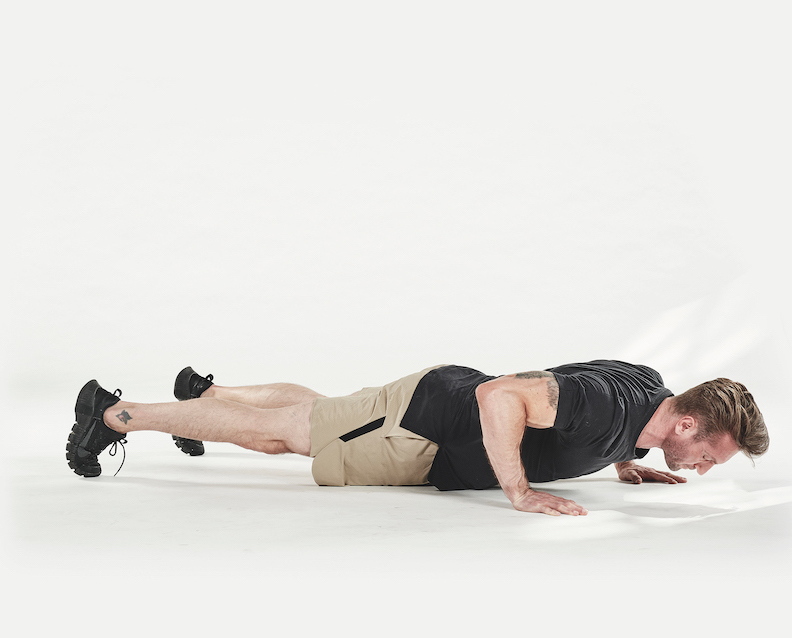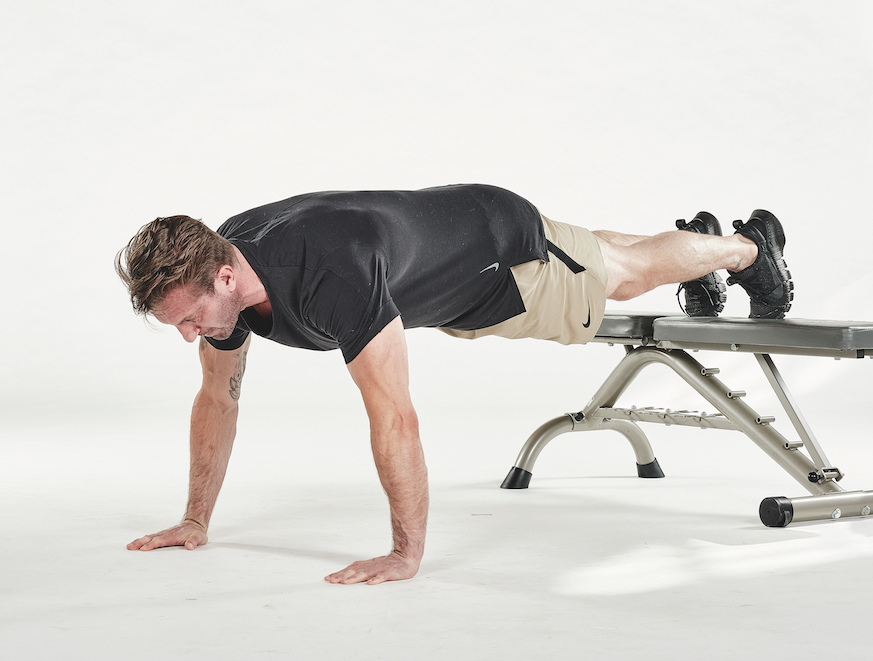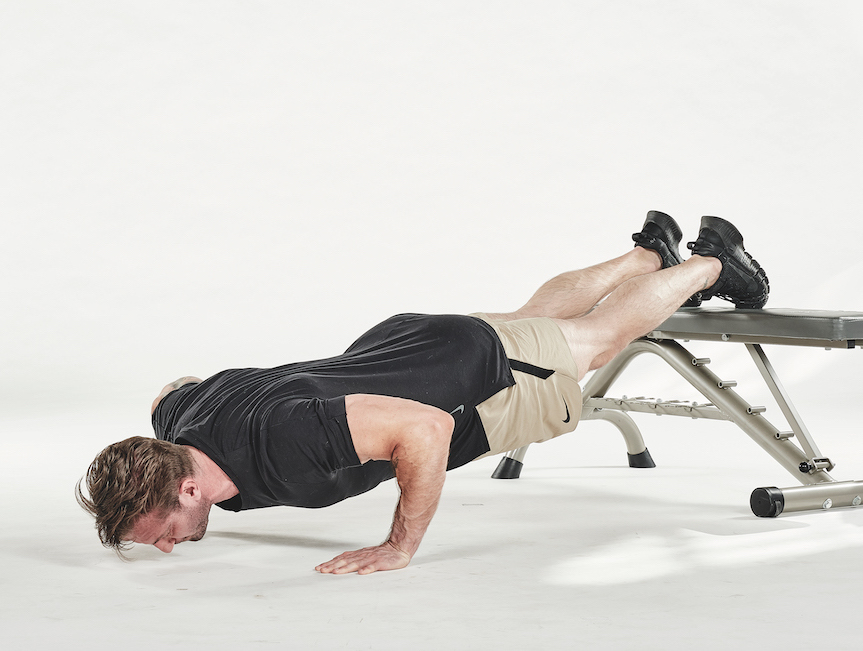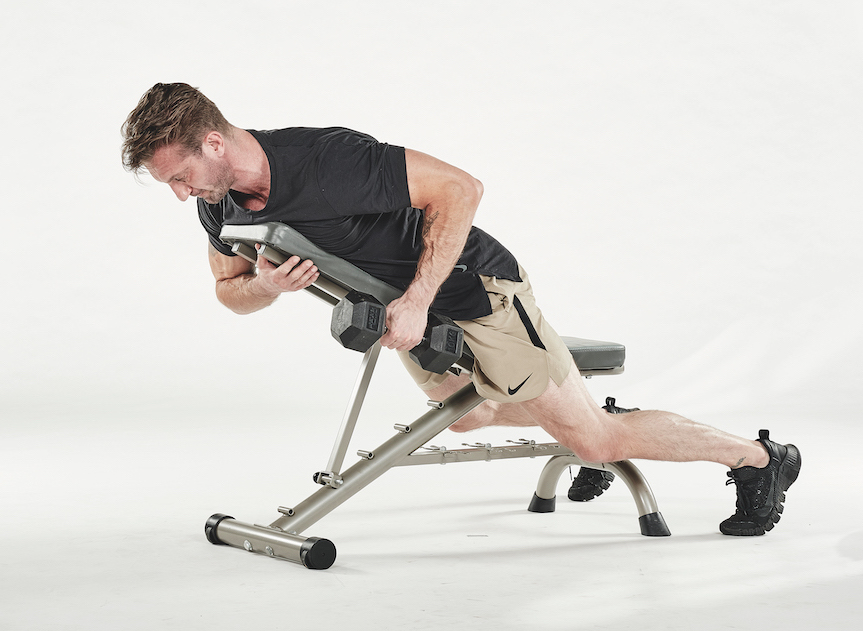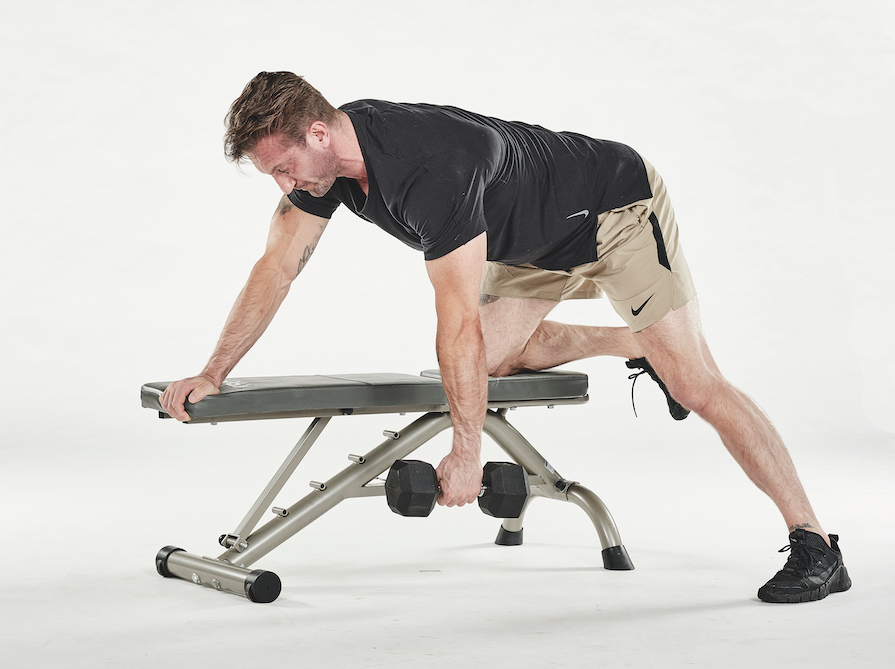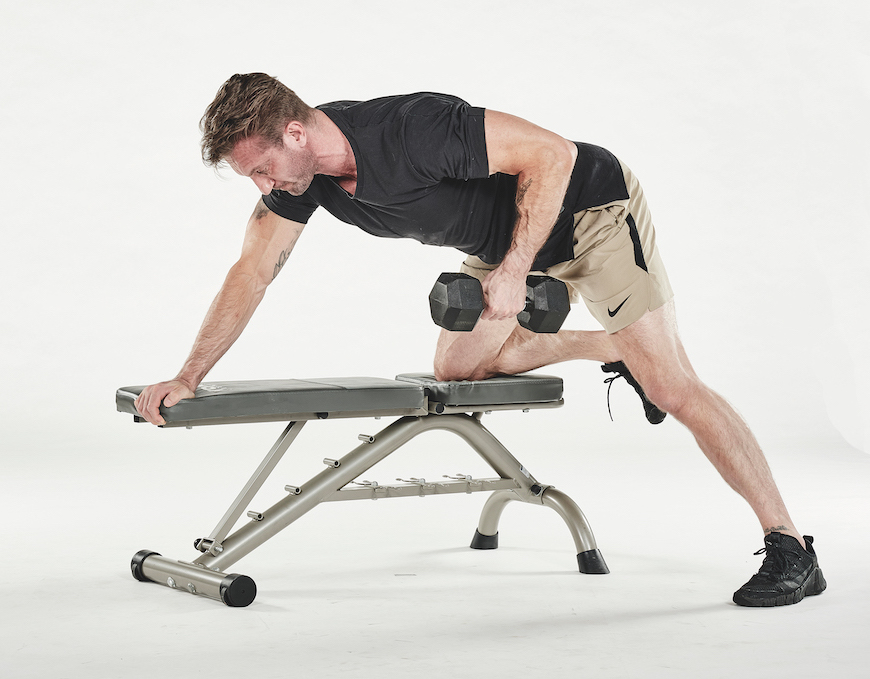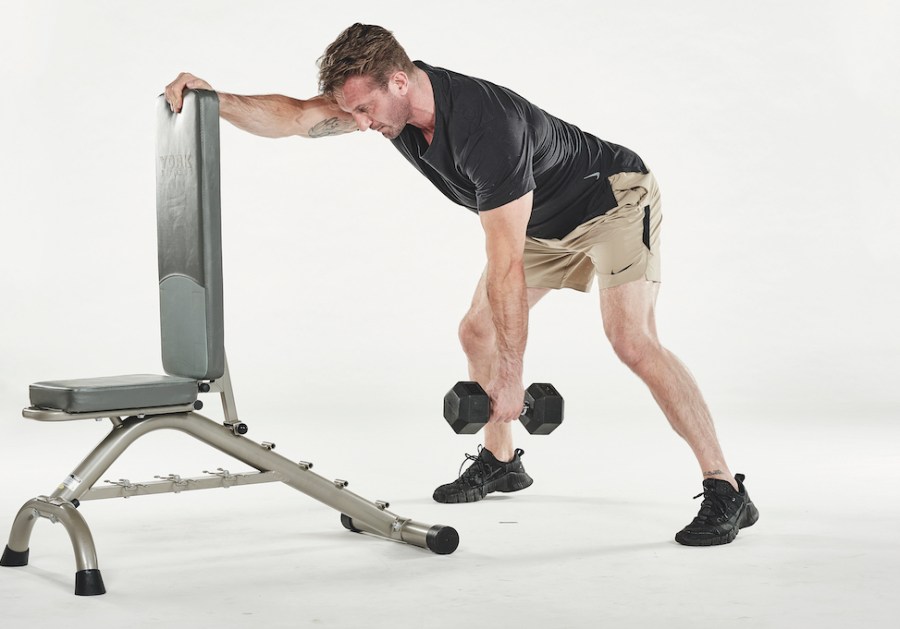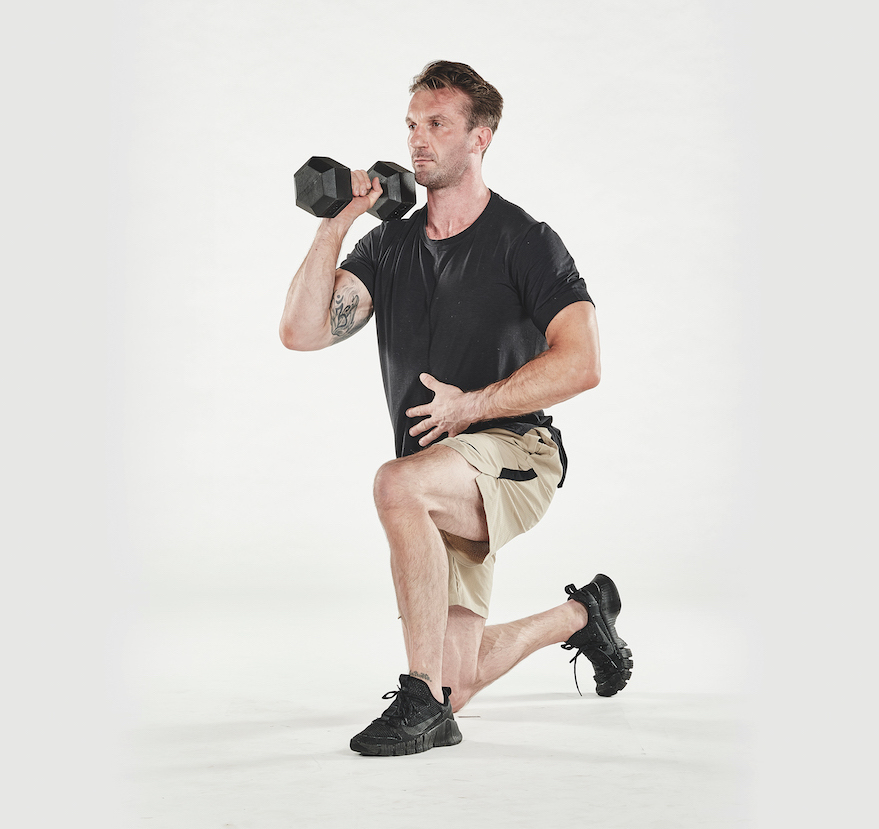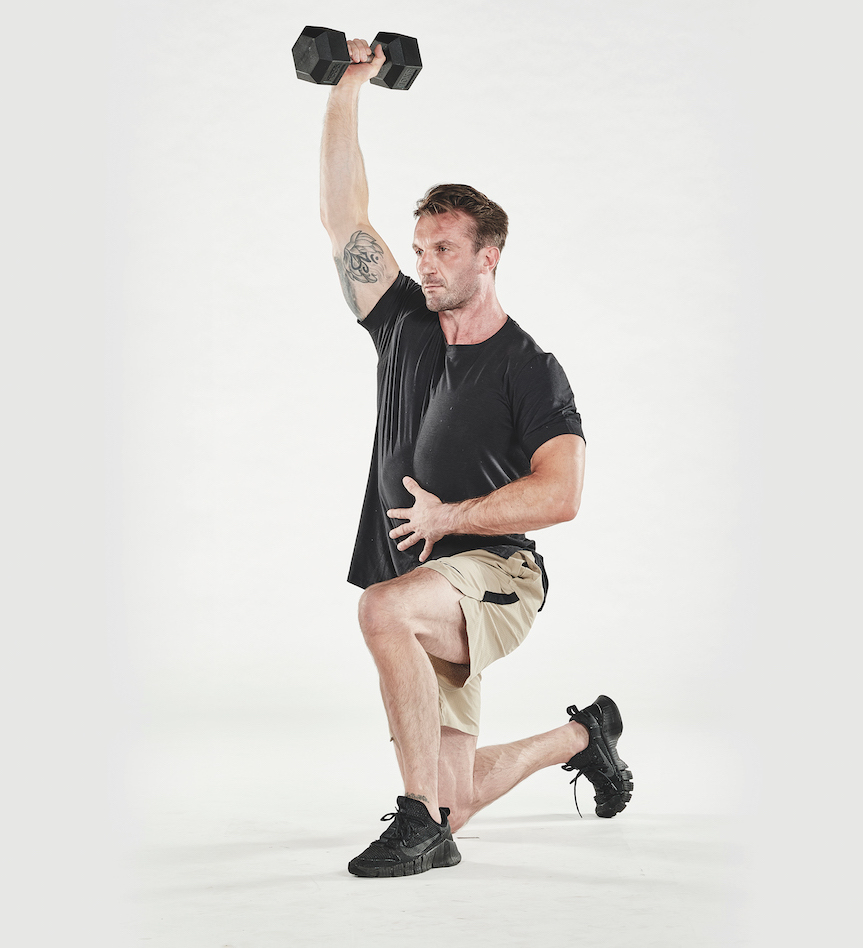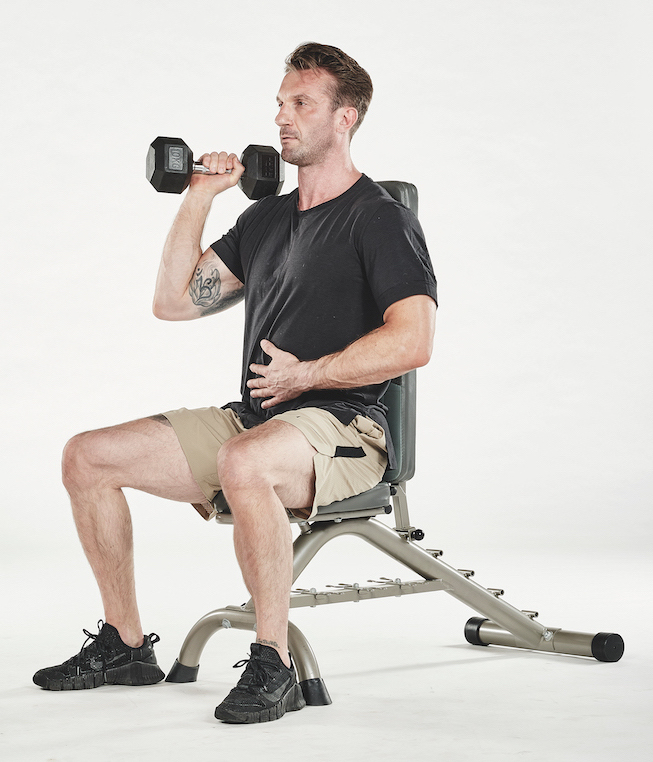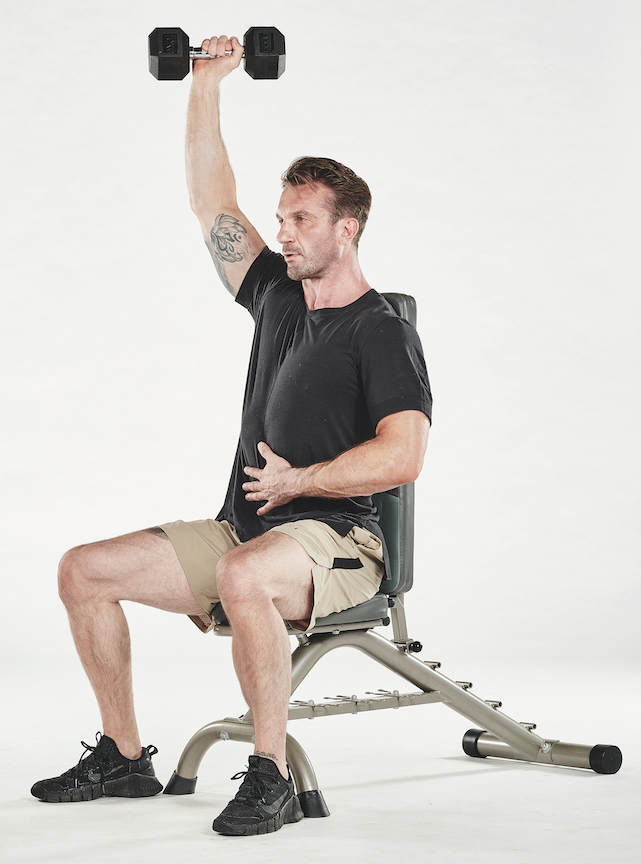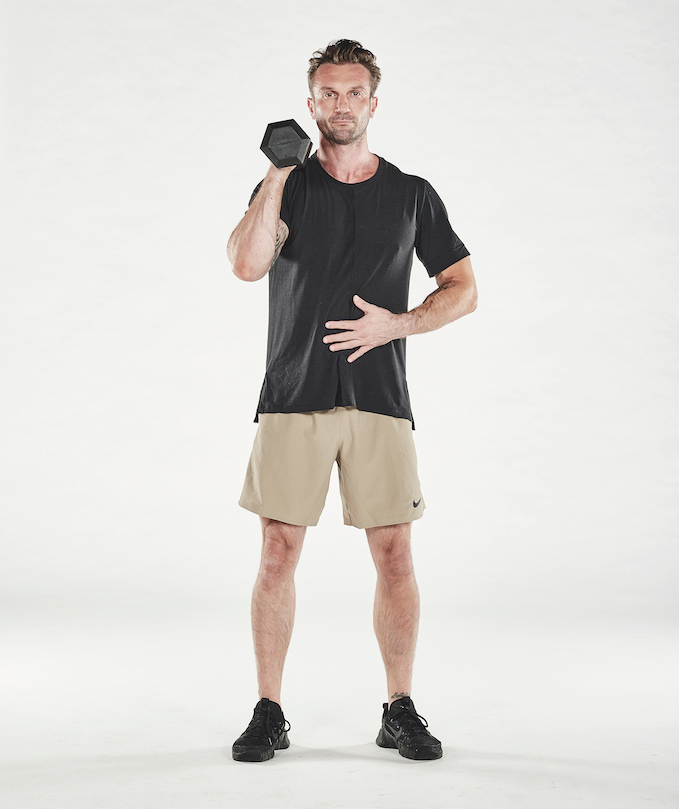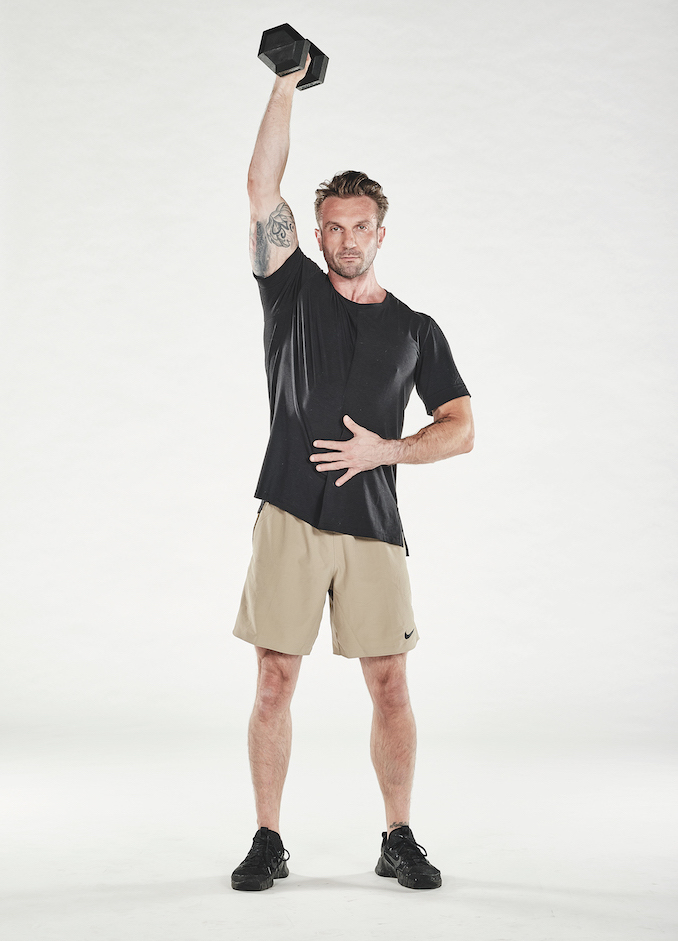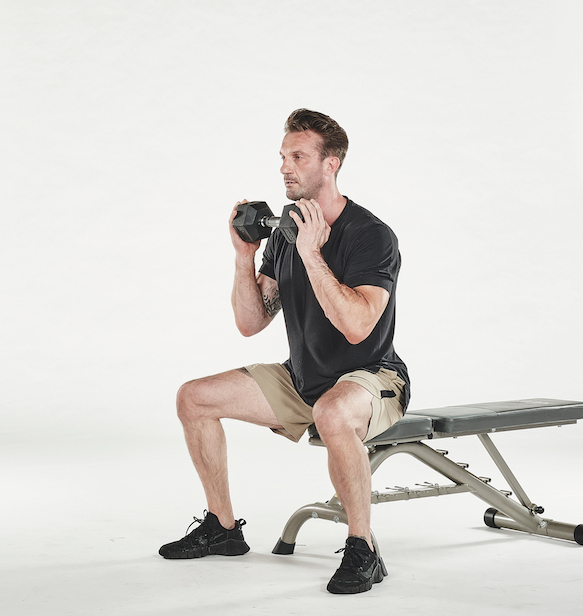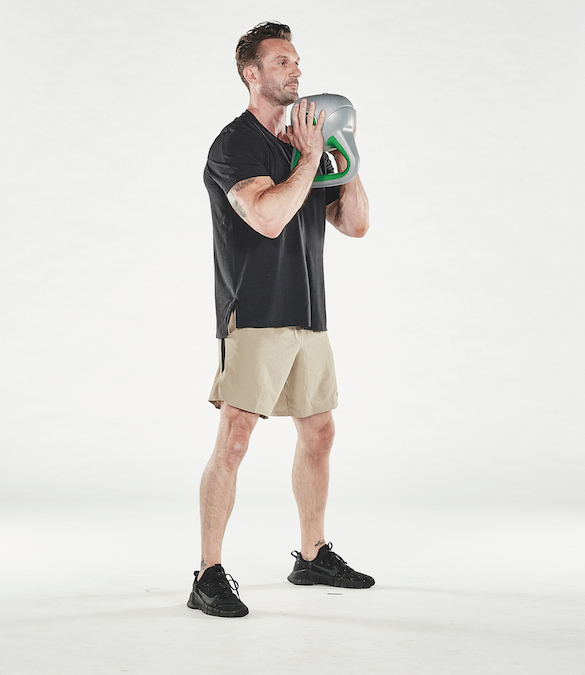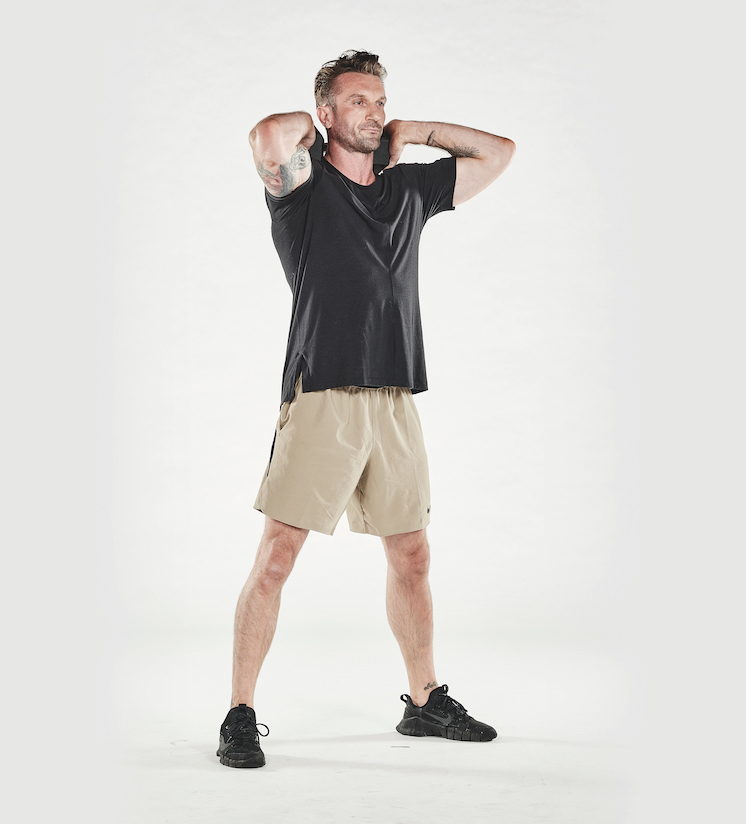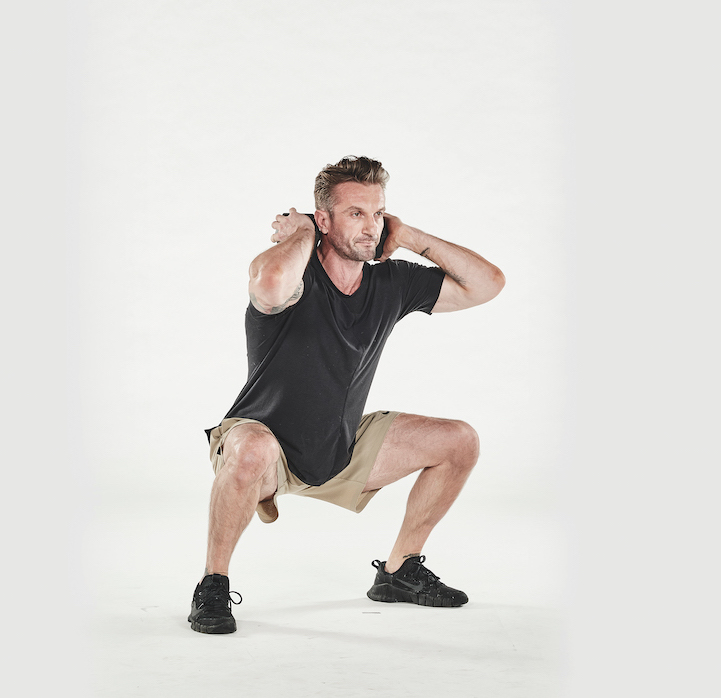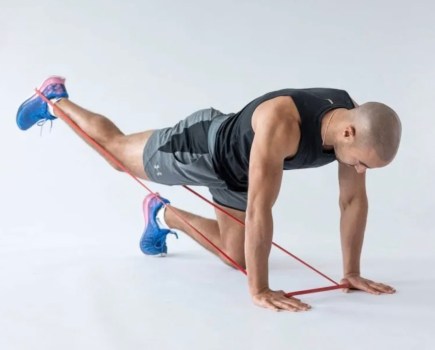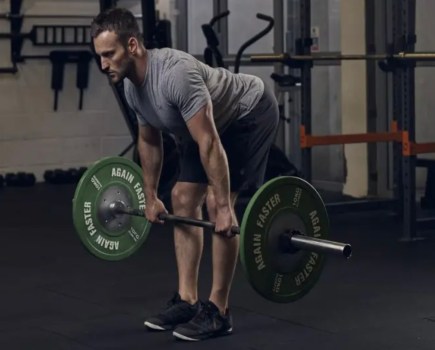Progressive overload is the principle of increasing demands to continue to see gains, but if you don’t have loads of equipment at your disposal, there are other tactics you can employ to get stronger without heavy weights, as Luke Worthington explains…
Being smarter in order to create progressive overload and strength gains, rather than simply adding more plates to a bar, helps mitigate risks while keeping the rewards.
One such method is by simply slowing a movement down. Exercising more control over the weight, particularly during the lowering phase, will create more of a challenge and has been shown to elicit strength gains.
The principle of progression in each of these exercises, however, is mechanical rather than load-based, so in each instance you will be creating more mechanical work, without needing to add more weight. All in all, this will allow you to get stronger without needing heavy weights.
“Within the same category of movement, it’s possible to progress the mechanics of certain exercises,” explains Worthington.
“Generally, we do this by removing points of contact, so for example a chest-supported row becomes a single-arm row, becomes a three-point row. Similarly, a half-kneeling overhead press becomes a seated overhead press, becomes a standing overhead press.”
Need a pair of dumbbells? Discover the best dumbbells for home workouts
How to Get Stronger Without Heavy Weights
Want to get stronger without heavy weights? Here are six examples of mechanical progressions for you to try, including the following exercises:
- Lunge
- Split squat
- Press-up
- Row
- Overhead press
- Squat
LUNGE
Beginner:
Reverse Lunge
- Stepping backwards and keeping the weight over the front foot makes this a hip-dominant lunge, with minimal stress through the knee.
Intermediate:
Forward Lunge
- The forward lunge requires deceleration and force absorption as you step forward, a change of direction, and then a propulsive force back the way you came.
- This makes it harder, and with more load shared between the hip and the knee.
Advanced:
Lateral Lunge
- Moving sideways requires three-dimensional core control, as well as challenging the hip abductors and adductors.
- You also need to manage decelerating and change of direction.
SPLIT SQUAT
Beginner:
Static Split Squat
- Two feet on the same level allows weight to be shared between both legs and keeps the range of motion manageable.
Intermediate:
Bulgarian Split Squat
- Raising the rear foot shifts the weight forwards over the front leg, increasing the mechanical workload.
Advanced:
Front-Foot Elevated Split Squat
- Elevating the front foot means the working leg now has to move through a greater range of motion – performing greater mechanical work at the same load.
PRESS-UP
Beginner:
Hands-Elevated Press-Up
- Elevating the hands means you’re in effect bringing the floor closer to you and shifting the centre of gravity more towards the feet than the shoulders, meaning less mechanical work is performed.
Intermediate:
Floor Press-Up
- Weight is now distributed more evenly between the feet and the shoulders in what we recognise as the classic press-up.
Advanced:
Feet-Elevated Press-Up
- The higher you elevate the feet, the more the centre of gravity moves towards and over the shoulders, meaning greater mechanical work is performed without adding any external load.
DUMBBELL ROW
Beginner:
Chest-Supported Row
- Supporting the chest on an incline bench gives the most external feedback, where the body should be in space, requiring less proprioceptive control and with minimal shear force on top of the spine.
Intermediate:
Single-Arm Row
- Supporting one hand and one knee gives more of a challenge to the core musculature – particularly the obliques – to resist rotation.
Advanced:
Three-Point Row
- Having just one hand giving support requires the most proprioceptive control, giving quite a substantial challenge to the core.
- However, that also presents a greater shear force through the spine, meaning that although it is a higher reward choice, it also comes with the highest risk.
SINGLE-ARM OVERHEAD PRESS
Beginner:
Half-Kneeling Single-Arm Overhead Press
- Bringing the body closer to the ground, and having more points of contact, gives the greatest stability and feedback where the body should be positioned.
- A half-kneeling position has one hip in flexion and one hip in extension.
- This ‘split’ position means that the pelvis tends to sit naturally in a neutral position and keeps pressure out of the lower back.
Intermediate:
Seated Single-Arm Overhead Press
- A seated position keeps some external feedback where you should be positioned, but having both hips in flexion (knees in front of you) means you have to work through the core to maintain a neutral pelvis and protect the lumbar spine.
Advanced:
Standing Single-Arm Overhead Press
- Standing requires the most work to be performed through the core to maintain stability, and also has minimal external feedback on body position.
- This makes it a challenging movement in terms of skill and motor control – a higher reward choice, but also the highest risk.
SQUAT
Beginner:
Box Squat to Bench
- Squatting to a box, bench or seat gives an external reference point to aim for, making it a lower skill demand.
- The box also means range of motion is self-limiting.
- This is typically the safest way to start squatting, as even if you lose your balance, you just end up sitting down.
Intermediate:
Goblet Squat
- Holding a load in front of you encourages core activation, allows you to load a squat pattern, but also naturally keeps you in an upright position with minimal shear force through the spine.
Advanced:
Back Squat
- A back squat allows more load to be added to the squat and potentially therefore much higher strength gains.
- However, having the load behind you requires a forward lean to keep the centre of gravity over the feet and retain your balance.
- This forward lean means the load will have a shear action across the spine, so as well as a technical challenge, there is a risk associated with this movement.
- You can do the back squat as pictured, with a weight plate held behind your head, but the classic – and the way that will allow for far more load – is to position a barbell across your upper back.
Words: Luke Worthington | Photography: Eddie Macdonald

